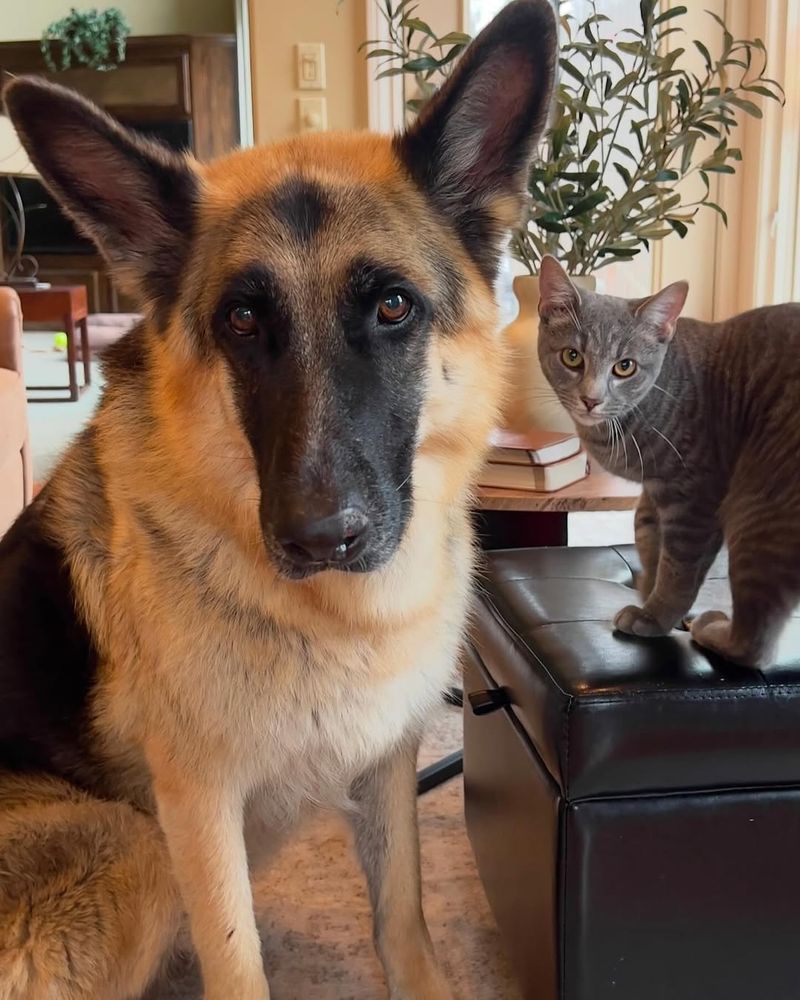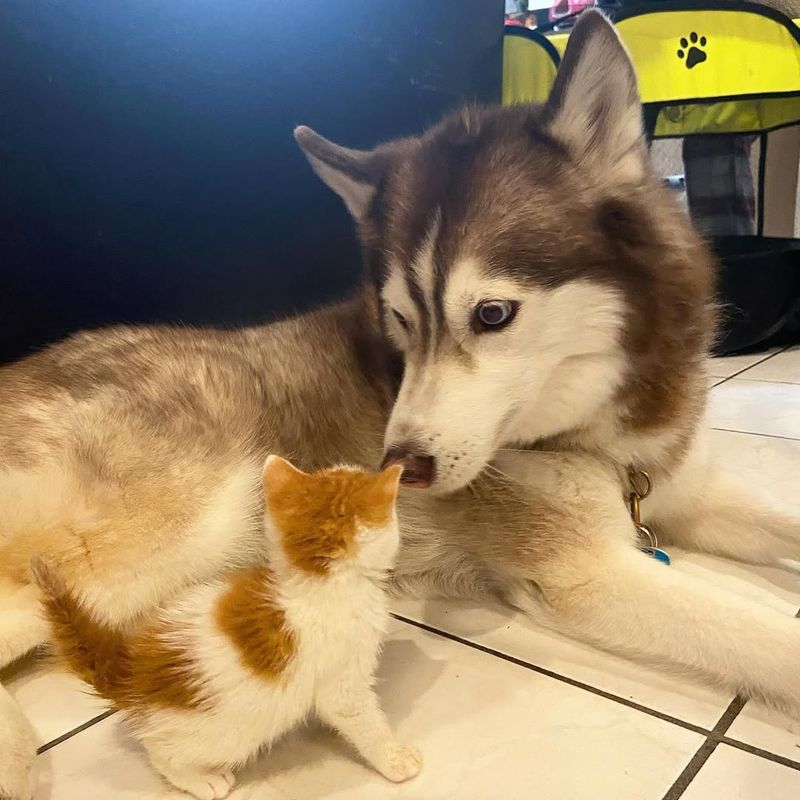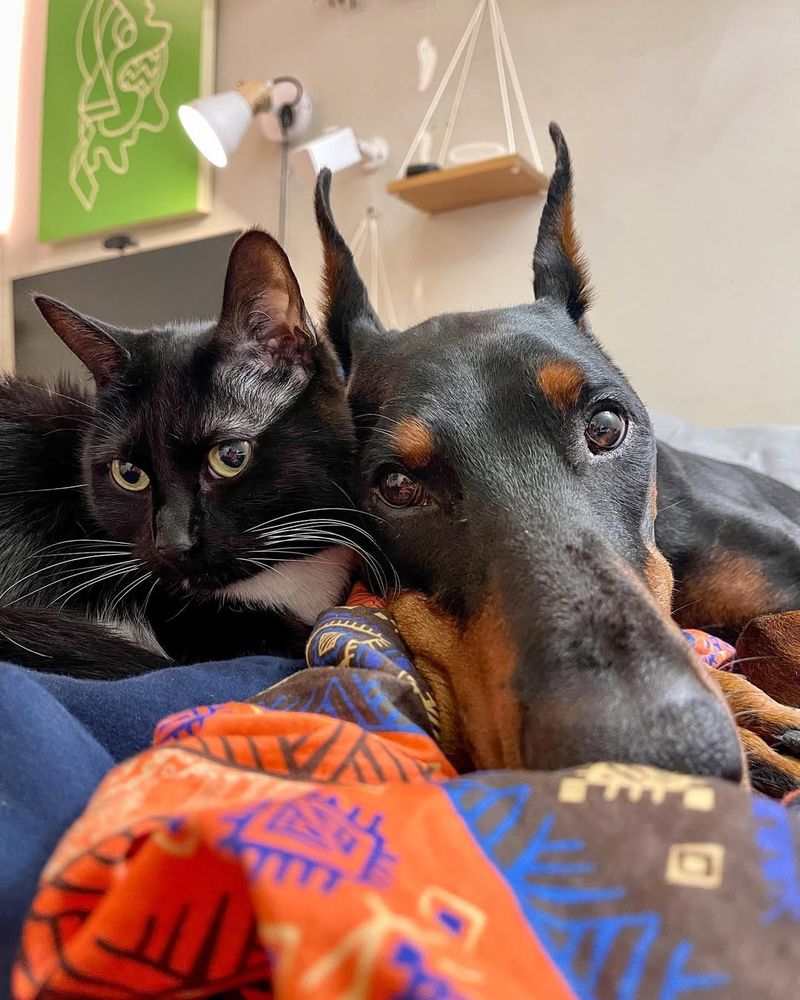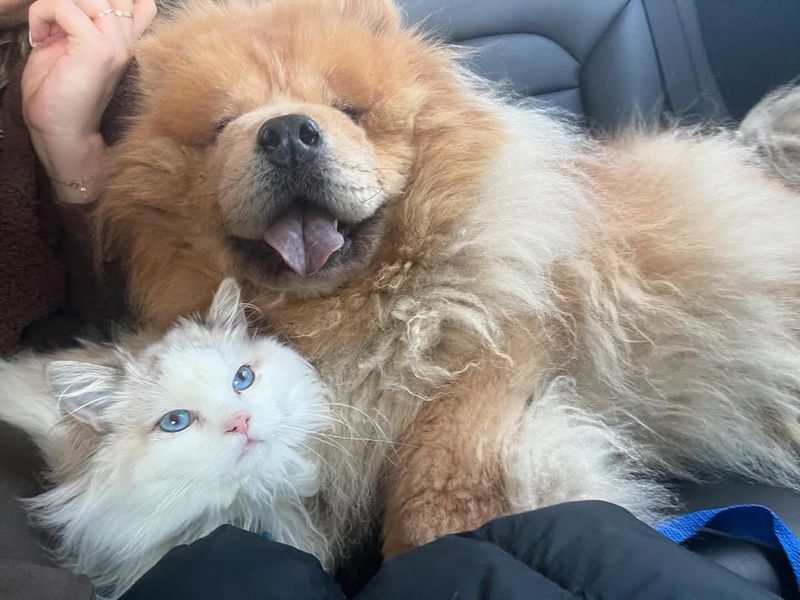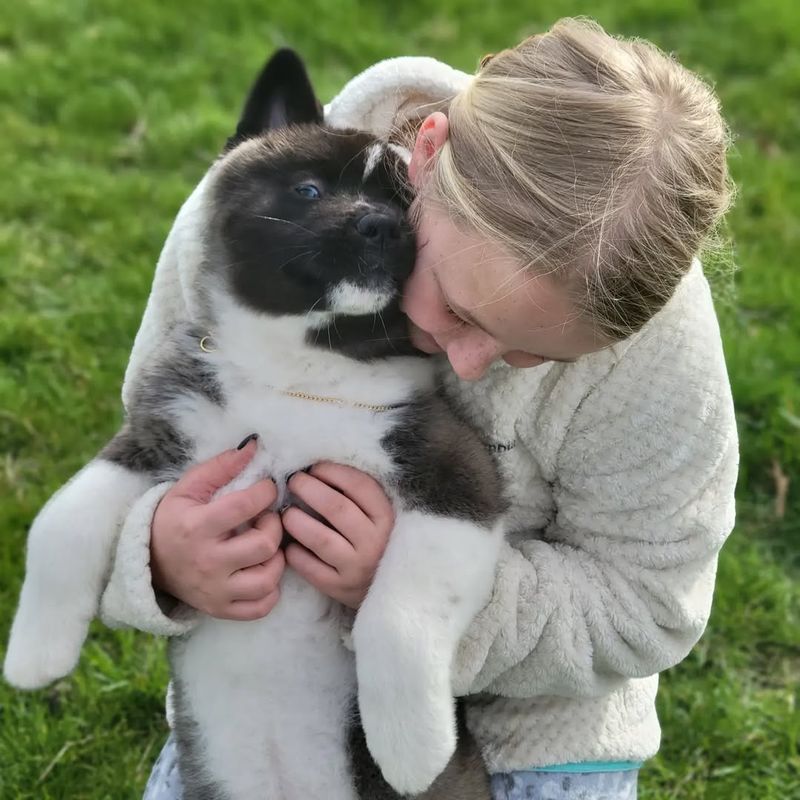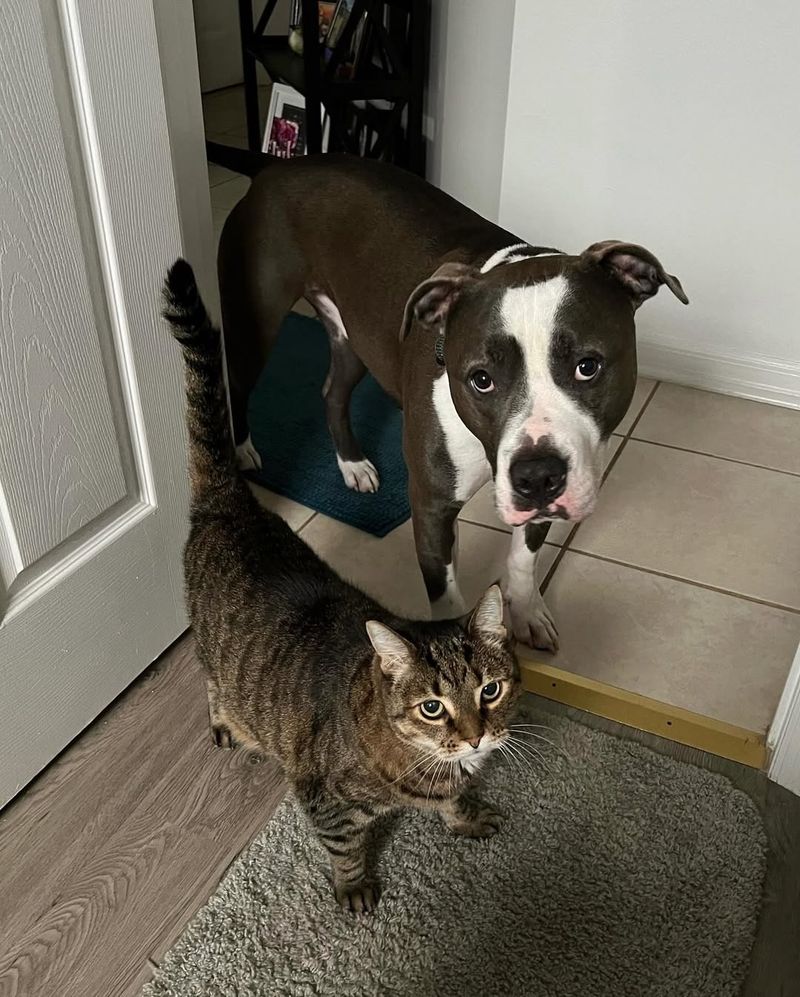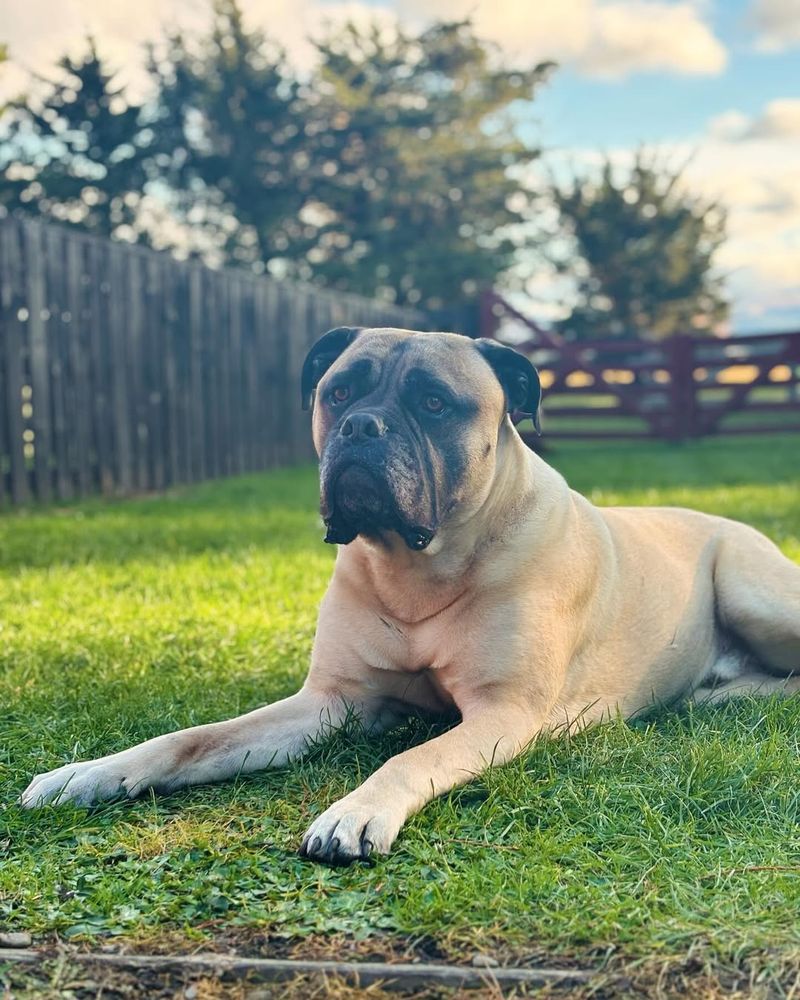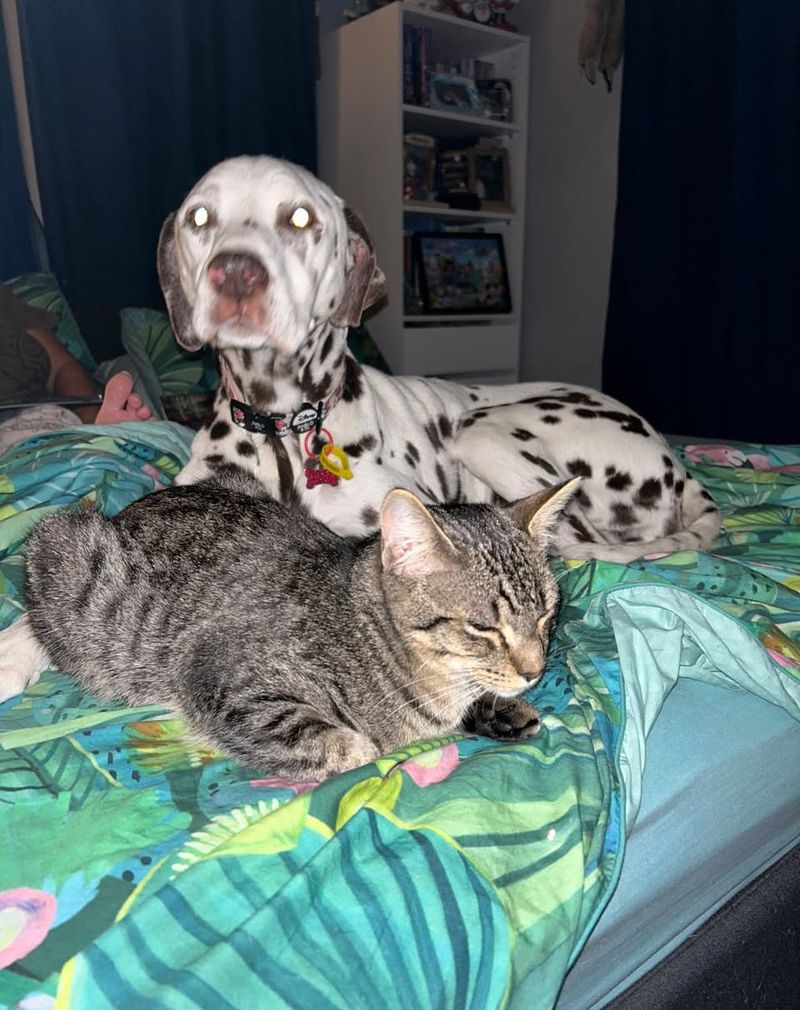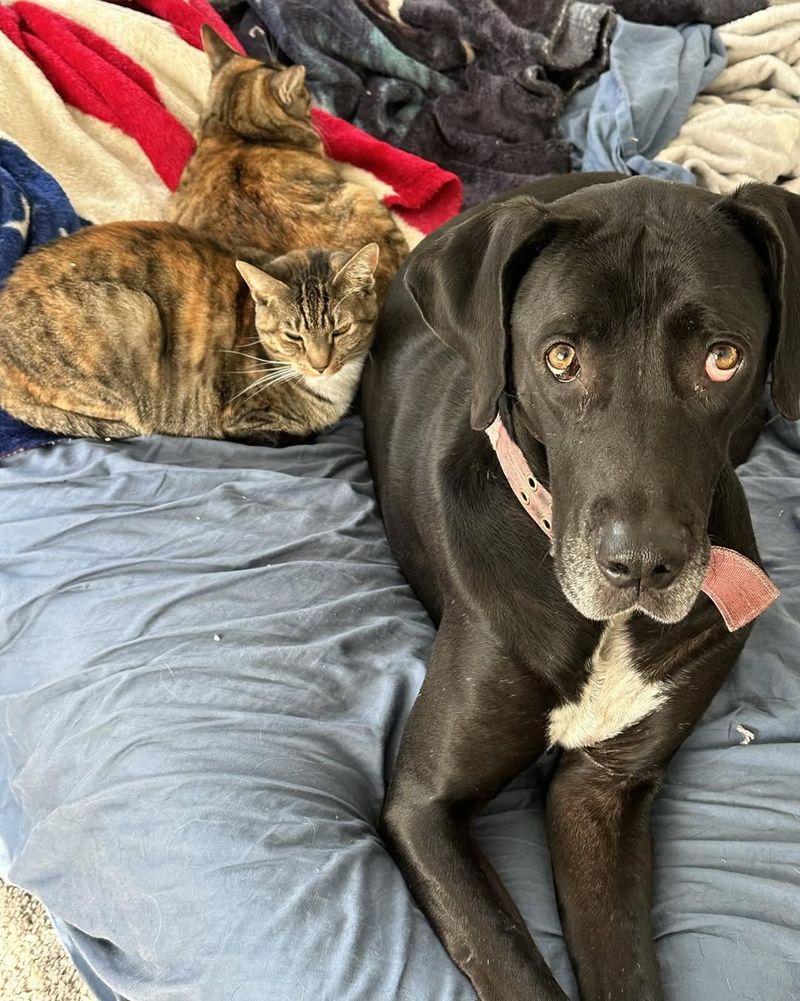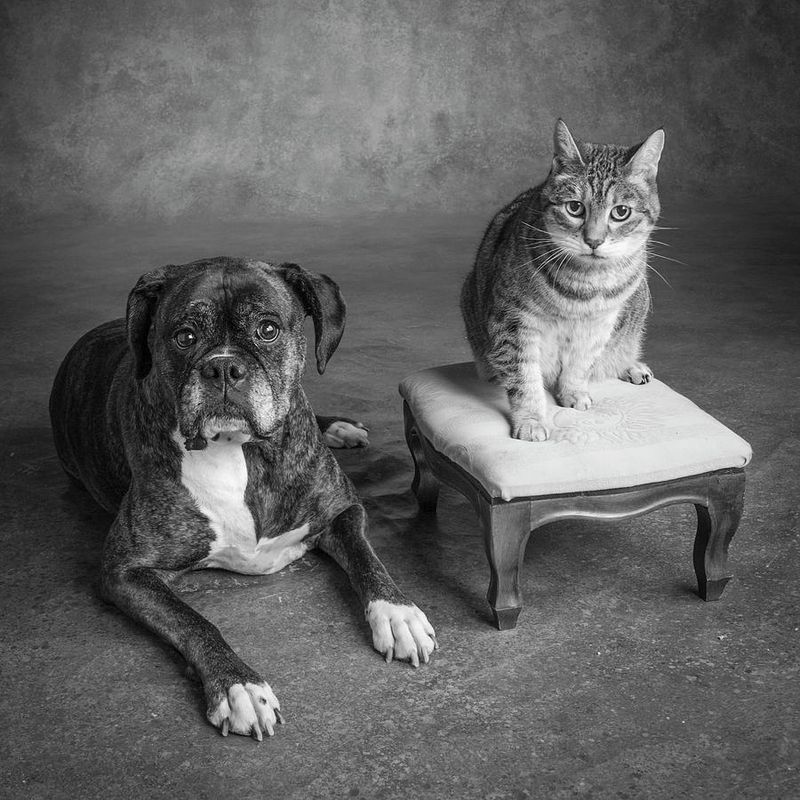When considering introducing a dog into a household with cats, it’s crucial to understand that some dog breeds may be more challenging due to their temperament and instincts. The following list of 12 dog breeds, often labeled as ‘aggressive,’ may find it difficult to coexist peacefully with feline friends. Each breed has unique characteristics that contribute to this challenge.
Rottweiler
Rottweilers are known for their strength and protective nature. These muscular dogs often form strong bonds with their families but may struggle with cats due to their territorial instincts. Their natural guarding abilities can lead to protective behaviors, which might not sit well with feline companions. While training can mitigate these tendencies, supervision is key when Rottweilers interact with cats. Early socialization with other animals is beneficial. However, potential pet owners should be aware that Rottweilers’ size and strength make them potentially overwhelming playmates for smaller animals like cats.
German Shepherd
German Shepherds possess a strong prey drive, rooted in their herding background, making them prone to chase smaller animals like cats. Their intelligence and eagerness to learn can aid in training to curb these instincts, but caution is advised. German Shepherds are loyal and protective towards their human families, sometimes extending this protectiveness to their territory. Proper training and introductions can foster peaceful coexistence with cats. Nonetheless, their energetic nature might intimidate or stress feline residents, requiring patience and consistent guidance from owners.
Siberian Husky
Siberian Huskies, with their high energy and independent nature, often find it challenging to live with cats. Their strong prey drive, a remnant of their sled-pulling ancestry, can lead to impulse chases. Huskies require diligent training to manage these instincts, emphasizing the need for controlled environments around smaller animals. Despite their friendly demeanor towards humans, Huskies’ natural playfulness and hunting instincts make them potentially risky companions for cats. Owners must commit to ongoing training and provide safe spaces for both pets to ensure harmony.
Doberman Pinscher
Doberman Pinschers are renowned for their loyalty and protective nature, traits that can complicate relationships with cats. These intelligent dogs are easily trainable, but their assertive personalities can lead to dominance issues around smaller pets. Dobermans tend to form strong bonds with their families, which can manifest as territorial behavior towards other animals. Introducing them to cats requires careful management and positive reinforcement training. Consistent socialization from an early age can foster better cohabitation, though supervision remains essential to prevent conflicts.
Chow Chow
Chow Chows are known for their independence and aloof demeanor, traits that can create tension in a multi-pet household. Their strong territorial instincts often make them wary of unfamiliar animals, including cats. Chow Chows require patient and continuous socialization to accept feline companions, which can be challenging due to their inherent stubbornness. While not aggressive by nature, they can be aloof and less tolerant of other pets encroaching on their space. This breed’s distinct personality requires dedicated training to ensure peaceful coexistence with cats.
Akita
Akitas are known for their strong-willed and dominant nature, making them challenging companions for cats. These large dogs have a high prey drive and can display aggressive tendencies towards smaller animals. Despite their loyalty to human families, Akitas need consistent training to help them accept other pets. Early introduction and socialization with cats are crucial. However, due to their natural instincts, supervision is necessary during interactions to prevent potential conflicts. Owners must be firm yet gentle in their training approach to promote harmony.
American Staffordshire Terrier
American Staffordshire Terriers, often misunderstood due to their muscular build, can struggle in households with cats. Their strong prey drive and energetic disposition may lead to unintended chases. While they are affectionate with humans, their interactions with cats need monitoring. Proper training and socialization from a young age can aid in minimizing conflicts. It’s important for owners to establish boundaries and provide separate spaces for these pets. Consistent positive reinforcement will assist in fostering a peaceful cohabitation, but vigilance is essential to ensure safety.
Bullmastiff
Bullmastiffs are known for their protective nature, which can pose challenges when living with cats. Their history as guardians means they have strong territorial instincts. While generally calm, Bullmastiffs may react defensively towards unfamiliar animals, including cats. Socializing them from an early age is essential to nurture acceptance of feline companions. Owners should provide structured environments and training to manage interactions. Though their size may intimidate cats, Bullmastiffs can learn to coexist peacefully with patient guidance and clear boundaries.
Dalmatian
Dalmatians, with their lively and energetic nature, can find it difficult to live with cats. Originally bred as carriage dogs, their high prey drive can lead to instinctive chases. Training and socialization are key to managing these tendencies, requiring owners to be proactive in fostering positive interactions with cats. Dalmatians’ playful demeanor can overwhelm more reserved felines. Creating separate spaces and gradually introducing pets can help alleviate stress. With patience and consistent training, however, Dalmatians can adapt to a household with cats, though supervision is always advised.
Jack Russell Terrier
Jack Russell Terriers are small but possess a high energy level and strong hunting instincts. Bred for fox hunting, they have a natural inclination to chase smaller animals, including cats. Training and firm boundaries are crucial in managing these instincts. Despite their size, they can be assertive and fearless, which may lead to unintended conflicts with feline housemates. Owners should ensure that both pets have their own spaces to retreat to when needed. With dedication and consistent effort, Jack Russells can share a home with cats, though caution is necessary.
Great Dane
Great Danes, despite their gentle nature, present challenges when living with cats due to their sheer size. Their playful and sometimes clumsy demeanor can inadvertently intimidate or harm cats. Training from an early age is crucial to teach them to be mindful of their strength around smaller animals. Creating safe spaces for cats to retreat to is important. While Great Danes are generally good-natured, their interactions with cats should be monitored to prevent accidental mishaps. With the right environment and guidance, they can become gentle giants in a multi-pet household.
Boxer
Boxers are known for their boundless energy and playful nature, traits that can be overwhelming for cats. Their strong, muscular build and exuberance may lead to unintended roughhousing. Training and socialization are essential to curb these tendencies and promote peaceful interactions with feline companions. Boxers are affectionate and loyal to their human families, but their playful antics need to be managed when cats are involved. Providing separate areas and structured playtimes can help minimize stress for both pets, ensuring a harmonious living environment.

